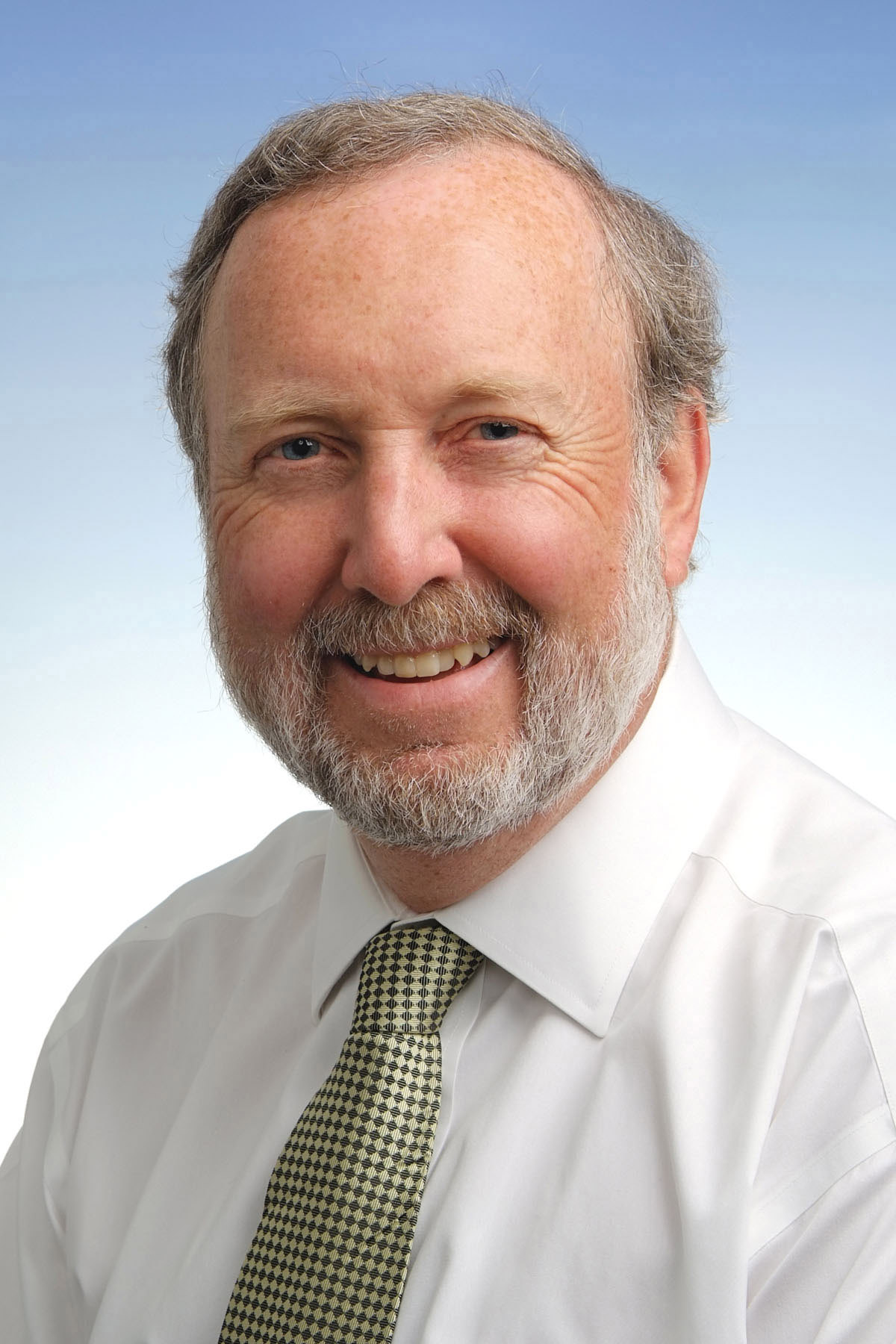Jul 12
24
Working with colleagues in Switzerland, University of Missouri-Kansas City Professor Jeffrey Gorski, PhD., has developed a “high-pressure freezing” method for preserving calcium and phosphorus in biological specimens. As a result, researchers will get a clearer picture of how bone tissue processes these vital elements and incorporates them into bone structure.
Traditional methods for preparing bone tissue samples for electron microscopy and electron spectroscopic imaging use water, which results in the loss of much of these minerals in the samples. The new method will enhance investigators’ ability to visualize the elements using non-aqueous (without water) electron microscopy and electron spectroscopic imaging methods. The results of the research were recently published in the Leica research magazine reSolution, as well as the research journal Cells Tissues Organs.
“Since both calcium and phosphorus – usually present as phosphate – are charged and small in size, they are easily lost in biological specimens that are conventionally processed using water,” said Dr. Gorski, who is a member of the Bone Biology Research program at the School of Dentistry.
The non-aqueous, high-pressure freezing method developed by Dr. Gorski and his colleagues is instantaneous and avoids the formation of ice crystals within the specimens, which can disrupt much of the fine cellular and extracellular morphological details. Using this method, the researchers are able to section the specimens without the losses that can result from exposure to water.
“All together, this new combined approach allows us to preserve a large part of the calcium and phosphorus so we can follow the process of how bone cells produce and crystallize these elements into hydroxyapatite (bone mineral),” he said. “In particular, we are focusing on the time immediately prior to the nucleation of these crystals where the calcium and phosphorus atoms are more mobile and not locked into crystalline complexes yet. How this happens is still in dispute and we hope our method will allow us to follow this process in a way not possible up to now.”

